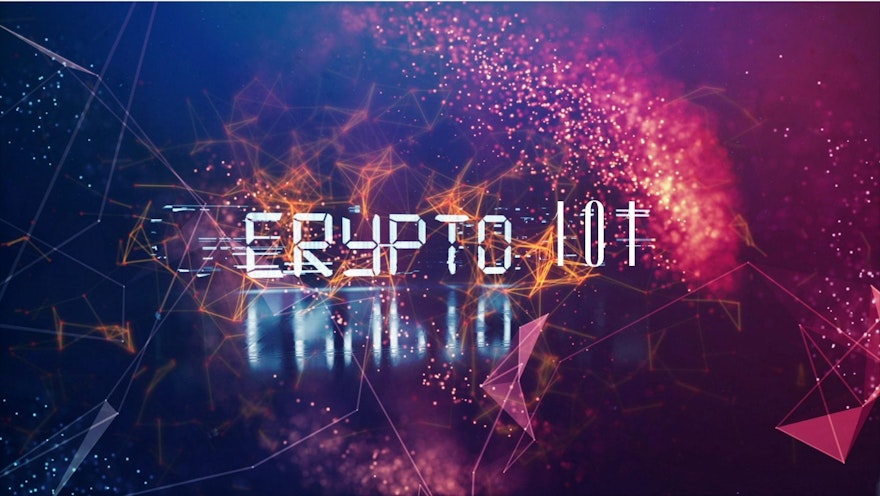| What is a blockchain? |
A blockchain is a distributed ledger that records the transactions for a cryptocurrency network. Miners amend the blockchain ledger by mining new blocks.
| What is a block explorer? |
A block explorer is a tool that enables you to explore real-time and historical information about the blockchain of a cryptocurrency. This includes data related to blocks, transactions, addresses, and more.
| What is mining? |
Mining is the process by which unconfirmed transactions in a mempool are confirmed into a block on a blockchain. Miners select unconfirmed transactions from their mempools and arrange them into a block such that they solve a particular math problem.
The first miner on the network to find a suitable block earns all the transaction fees from the transactions in that block. As a result, miners tend to prioritize transactions with higher transaction fees.
| What are mining pools? |
| What are virtual bytes (vB) and weight units (WU)? |
Virtual bytes (vB) and weight units (WU) are used to measure the size of transactions and blocks on the Bitcoin network.
A Bitcoin transaction's size in the blockchain is not determined how much bitcoin it transfers—instead, a transaction's size is determined by technical factors such as how many inputs and outputs it has, how many signatures it has, and the format it uses (legacy, SegWit, etc). Since space in the Bitcoin blockchain is limited, bigger transactions pay more in mining fees than smaller transactions.
Block sizes are limited to 4,000,000 WU (or 1,000,000 vB since 1 vB = 4 WU).
Transaction sizes and block sizes used to be measured in plain bytes, but virtual bytes and weight units were devised to maintain backward compatibility after the SegWit upgrade in 2017.
| What is sat/vB? |
The priority of a pending Bitcoin transaction is determined by its feerate. Feerates are measured in sat/vB.
Using a higher sat/vB feerate for a Bitcoin transaction will generally result in quicker confirmation than using a lower feerate. But feerates change all the time, so it's important to check suggested feerates right before making a transaction to avoid it from getting stuck.
| Why isn't my transaction confirming? |
If it's been a while and your transaction hasn't confirmed, your transaction is probably using a lower feerate relative to other transactions currently in the mempool. Depending on how you made your transaction, there may be ways to accelerate the process.
There's no need to panic—a Bitcoin transaction will always either confirm completely (or not at all) at some point. As long as you have your transaction's ID, you can always see where your funds are.
| How can I get my transaction confirmed more quickly? |
To get your transaction confirmed quicker, you will need to increase its effective feerate.
If your transaction was created with RBF enabled, your stuck transaction can simply be replaced with a new one that has a higher fee.
Otherwise, if you control any of the stuck transaction's outputs, you can use CPFP to increase your stuck transaction's effective feerate.
If you are not sure how to do RBF or CPFP, work with the tool you used to make the transaction (wallet software, exchange company, etc). This website only provides data about the Bitcoin network, so there is nothing it can do to help you get your transaction confirmed quicker.
| How can I prevent a transaction from getting stuck in the future? |
You must use an adequate transaction fee commensurate with how quickly you need the transaction to be confirmed.
Also consider using RBF (if your wallet supports it) so that you can bump the feerate on your transaction if it does end up getting stuck.
| What does it mean for the mempool to be "full"? |
When a Bitcoin transaction is made, it is stored in a Bitcoin node's mempool before it is confirmed into a block. When the rate of incoming transactions exceeds the rate transactions are confirmed, the mempool grows in size.
By default, Bitcoin Core allocates 300MB of memory for its mempool, so when a node's mempool grows big enough to use all 300MB of allocated memory, we say it's "full".
Once a node's mempool is using all of its allocated memory, it will start rejecting new transactions below a certain feerate threshold—so when this is the case, be extra sure to set a feerate that (at a minimum) exceeds that threshold. The current threshold feerate (and memory usage) are displayed right on Mempool's front page.
![[object Object]](/lib_mwyPZnWeUGPZBftq/e9jls22l40oq5gq2.png?w=400)
